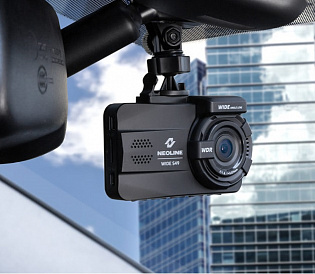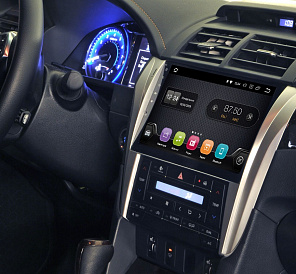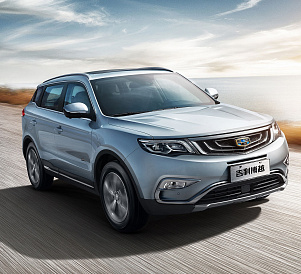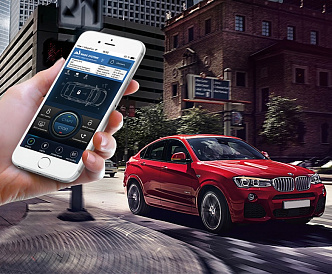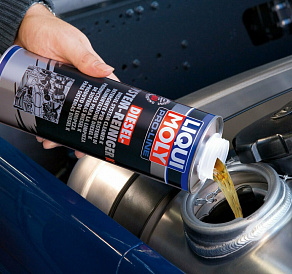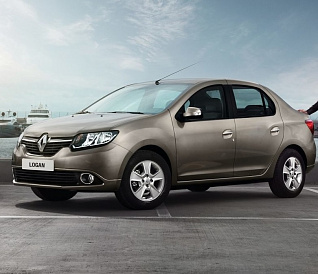12 best car batteries
Along with the engine or transmission, the battery is one of the most important elements of the internal structure of a modern car. It provides power to all peripheral electronics and on-board systems, as well as the ability to start the motor - the main unit in the power section of the car.
According to the tradition already established in the automotive product segment, more than 50 companies around the world are engaged in the production of batteries, but only a small part of them deserves consumer confidence. That is why the editorial board of expert.bigbadmole.com/en/en/ conducted an independent study, which resulted in a rating of the best car batteries in two thematic categories. The selection criteria for the goods in the final list are:
- customer reviews (their general essence and constructiveness);
- expert opinions;
- comparison of technical and operational characteristics;
- level of cost and its relation to the existing functionality.
How to choose a battery for a car
In order to carry out the correct selection of the battery for your car, pay attention to three key aspects:
Type of battery. A very important characteristic that directly affects the cost of a future purchase, and the manifestation of strengths and weaknesses. All manufactured batteries are divided into three groups:
- Lead acid. Extremely primitive and outdated type of batteries, consisting of six isolated containers (cans) with sulfuric acid, in each of which a plate of lead is lowered. They are cheap, mostly serviced (if there is an opportunity to unscrew the plugs for topping up the electrolyte) and are well tolerated by recharging. However, in the case of a full discharge, they can easily lose all capacity and simply stop charging.
- Gel The newest type of batteries, liquid electrolyte which is replaced by gel. They are more environmentally friendly than lead-acid batteries, because the gel has no fluidity and prevents the coloring of lead plates. In addition, they are insensitive to deep discharge, but they have quite stringent requirements for the charging process and three (or even five times) higher price.
- AGM. Combined type of battery that combines the principles of both of the above options. The liquid electrolyte here acts as an impregnation for the fiber material, which frames the plates and also prevents their coloring. These batteries have high energy efficiency, but are extremely sensitive to both the charging process and the deep discharge. The cost is two times higher than on lead-acid models.
Starting current. Mandatory parameter, which is written in the accompanying documents and on the battery label. It can be measured by three different methods:
- EN - current measurements occur at -18 degrees Celsius and a voltage of at least 7.5 volts for 10 seconds. The final value is taken as the maximum possible.
- DIN - with similar indicators of ambient temperature and not less than 9 volts, the measurement is carried out within 30 seconds. This is the hardest way to set the starting current parameter.
- SAE - the applied voltage is 7.2 volts, the temperature is constant.Indication of the maximum current level passes in 30 seconds.
Starting current comes to the fore when the battery is going to be operated in regions with cold climates. In this case, it is better to give preference to a model with a high current characteristic - the probability of starting the engine to a cold one will increase markedly.
Polarity. It is an extremely important and “cunning” aspect of choice, which has spoiled the nerves of any inattentive car owner. As a rule, the vast majority of cars have short terminals for connecting the battery, which cannot be adjusted to its place with its “wrong” device (such protection from fools who can inadvertently throw the terminals on the wrong contacts). Remember a simple rule: if you turn the battery with the terminals towards you, then the “plus” will be on the left, with direct polarity, or on the right with reverse polarity. A kind of domestic and European version of the location.
Which battery is better: gel or lead-acid?
|
Battery type |
Virtues |
disadvantages |
|
Lead acid |
+ Relatively inexpensive battery type + Ease of execution + Low level of self-discharge (from 3 to 20%) per month + Low maintenance requirements - do not require topping up electrolyte and do not have a memory effect + Pronounced ability for high current output |
- Do not carry storage in a discharged state - As a rule, sensitive to temperature extremes - Low environmental friendliness - electrolytes and lead are pollutants - Supports a strictly limited number of charge / discharge cycles - Most often "live" for 2-3 years |
|
Gel |
+ High degree of environmental friendliness - the gel does not have fluidity and prevents the breakdown of lead plates, enveloping them + Can be brought to full discharge. + Service life can reach 7 years |
- High cost (3 times higher than lead acid) - High sensitivity to exceeding the rated voltage level - Enough strict charging current limits - Do not tolerate frost, which is why they are not recommended for use in cold regions |
Rating of the best car batteries
| Nomination | a place | Name of product | price |
| Top Lead Acid Batteries | 1 | VARTA Blue dynamic | 8 924 ₽ |
| 2 | Medalist Standard CMF 56077 | 4 700 ₽ | |
| 3 | Mutlu Calcium Silver 60 | 4 595 ₽ | |
| 4 | TAV Polar B60HV | 5 195 ₽ | |
| 5 | Tyumen Battery Premium 6CT-64 | 4 300 ₽ | |
| 6 | Exide premium | 6 248 ₽ | |
| 7 | "The Beast" 6CT-60 L3U | 4 350 ₽ | |
| The best AGM batteries | 1 | VARTA D52 Silver Dynamic AGM | 10 355 ₽ |
| 2 | Bosch AGM S5 | 14 480 ₽ | |
| 3 | Banner Running Bull | 12 580 ₽ | |
| 4 | Optima Red Top | 16 880 ₽ | |
| 5 | Tudor AGM | 9 750 ₽ |
Top Lead Acid Batteries
VARTA Blue dynamic
Rating: 4.9
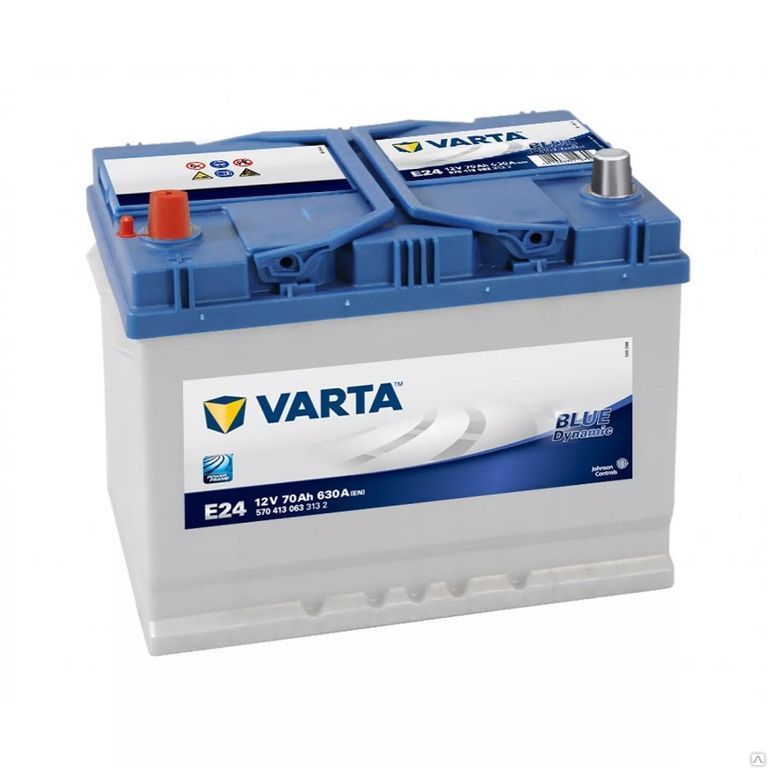
A series of batteries with a very long and glorious history, always included in the top of the best for all time of its existence. In general, VARTA Blue dynamic can be considered a reference battery: here you have a very long life, and good current performance, and even the availability of a reserve capacity. Judge for yourself: at 60 ampere-hours, the starting current here is 540 amperes (EN standard), which is much higher than that of a number of direct competitors.
Yes, at some stage a failure in the German production machine occurred, and at one time the users all as one complained about the VARTA Blue dynamic’s general breakdown - and that was only after six months or a year of work. All this happened in 2014-15. Now D59 is almost the best option for installation in a car, not perceiving the frosts and managing to "survive" even after resting for a couple of seasons in a state of semi-discharge. Such metamorphoses have become possible due to the integration of the once high-tech PowerFrame grid, which is an obstacle to the mechanical (and, apparently, chemical) destruction of lead plates. Objectively, one cannot even undermine the model: the price tag in modern realities is more than fair, the quality is proved both on expert tests and in operation by ordinary users, and the absence of a charging indicator is unlikely to be called a serious disadvantage.
Virtues
- The optimum ratio of price and quality;
- good performance;
- availability of reserve capacity and a large starting current generated when the engine is started;
- simple but robust interior design
disadvantages
- not found.
Medalist Standard CMF 56077
Rating: 4.8
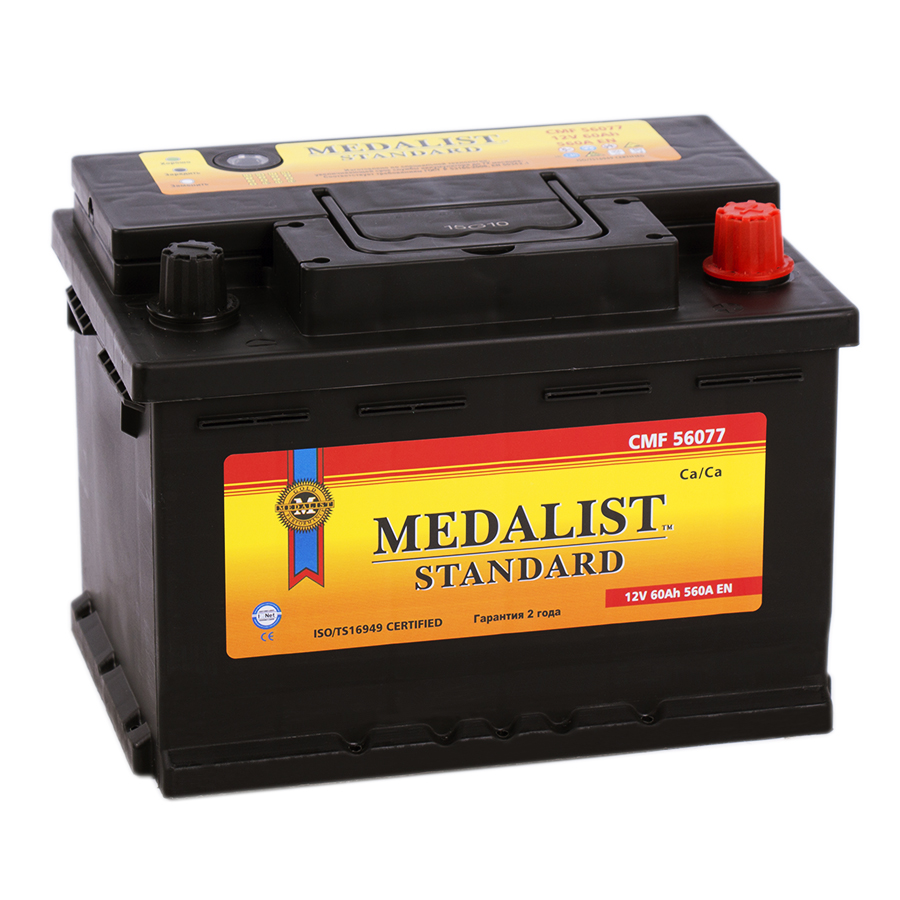
The Medalist Standard CMF 56077, a lead-acid battery that recently returned to the Russian market, stopped one step from the first place in the ranking. The reason for his departure was in the discrepancy with the interests of the company: everything went to ensure that Medalist leaves the segment. But the return is inspired by great damage to the economy, since sales in Russia brought about 20-30% of the total profit.
As for the battery itself, at 60 ampere-hours of capacity, the current value was 560 amperes. Even in comparison with domestic batteries (“Tyumen” or “Beast”) it is small, but the weight gain is very noticeable (here it is 13.5 kilograms). Predicting what will happen next is not easy, but it seems that the new Medalist policy will not lead to anything good. Having made the second coming to the market, the producer raised prices for his goods, which is why more than a third of former buyers turned away from him. And although the Standard CMF 56077 is a very decent battery, the cost still looks inappropriate to the content.
Virtues
- stable starting current;
- the term of operation is estimated at 5 years;
- solid reserve capacity;
- suitable for use in cold regions of Russia.
disadvantages
- quite high cost.
Mutlu Calcium Silver 60
Rating: 4.7
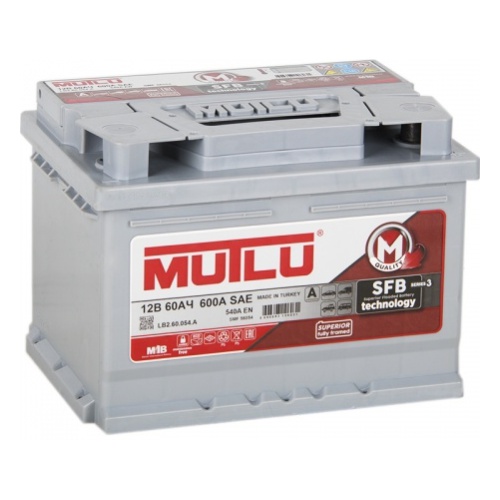
From year to year, the actors in the category do not change. Mutlu Calcium Silver 60 is a constant participant in all sorts of ratings and tops, which has received tremendous popularity among users for its actual maintainability and high stability of operation during the entire useful life. In this aspect, the positive effect of the updated technology of silver doping, which significantly extended the life of calcium batteries by 40-60%, has an effect. In addition, the plates were also changed - an improved casting technology increases the uniformity of properties and inevitable quality improvement.
At 60 ampere hours, the capacity of the Mutlu Calcium Silver 60 is up to 540 amperes of current, which is a good indicator for calcium batteries. And finally, we should discuss the issue of maintainability. Saying so, we mean the ability to control the density in each bank, which became available through the removal of the cover and access to traffic jams. When adding electrolyte, it is possible to largely control the battery life, thereby stretching it for years.
Virtues
- optimal cost level;
- the possibility of partial disassembly of the battery for self-service (namely, filling the electrolyte and checking the density);
- high starting current;
- good workmanship (silver alloying, continuous casting technology).
disadvantages
- small reserve capacity.
TAV Polar B60HV
Rating: 4.6
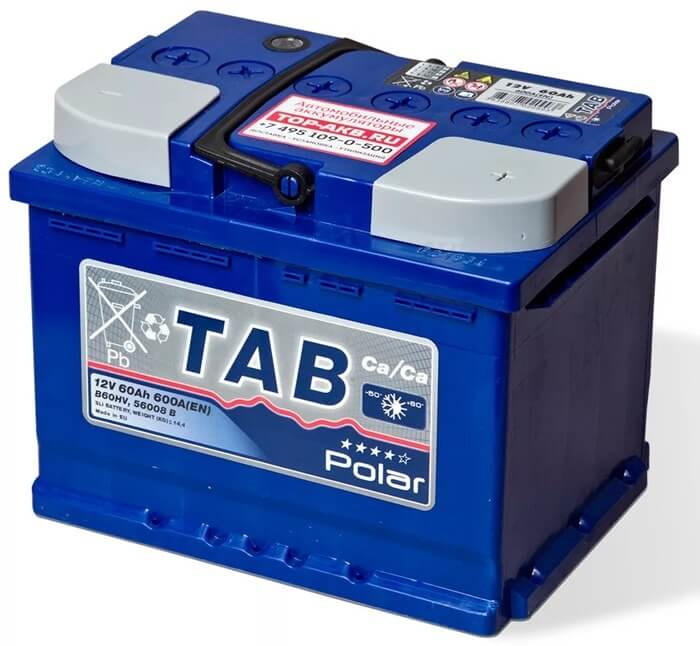
Very good lead-acid battery of the middle segment, not reaching the top three due to the notorious lack of reserve capacity and popularity, slightly less than the Mutlu. Yes, ceteris paribus, user preferences played a role: the TAB Polar B60HV as a niche product often remained on the sidelines of choice. It may be in vain, since at 60 ampere-hour the starting current in it is as much as 600 amperes, and no drop in the indicator was observed in practice. This is much more than what VARTA Blue Dynamic gives out, and such indicators should be considered.
Among other things, TAV Polar B60HV declared itself as a good battery for the winter period, since no "fear" of frost and low temperatures, even in the conditions of Siberia, was noticed. The cost of the model on the market, in general, corresponds to the quality characteristics, and in terms of durability, the battery honestly fulfills the due date (5 years).In view of the era of falsification of everything and all, this battery can be considered one of the best and without any hesitation to take into use.
Virtues
- The optimum ratio of price and quality;
- absolutely adequate work in the cold;
- up to 600 A current at 60 Ah capacity;
- control of electrolyte through the plugs.
disadvantages
- low reserve capacity;
- low popularity (in comparison with the first three batteries).
Tyumen Battery Premium 6CT-64
Rating: 4.5
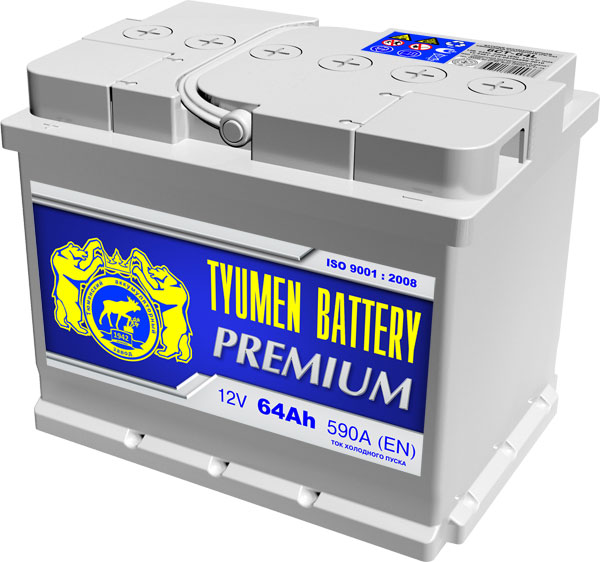
If in terms of cost to the “Beast” 6CT-60 L3U it was possible to present a lot of complaints, then Tyumen Battery Premium 6CT-64 stoically withstands all attacks and even gives odds to many foreign competitors. For a number of internal tests, this battery is the best of its kind, even if bulkiness is invariably present here as a symbol of a certain “earthiness”.
With a capacity equal to 64 ampere-hours, the stated current is 59 amperes - there is a small imbalance of values, however, it does not drive users into a stupor. It’s no joke, but the experts at almost full strength preferred Tyumen Battery Premium 6CT-64, lowering even the product from VARTA to a lower rank. Local victory in such a dense confrontation is something, yes it means, and only users have influenced the final distribution of seats. Whatever it was, and this battery is a bright representative of domestic production, which means neither cold nor age.
Virtues
- very high quality workmanship;
- low price;
- sufficiently large and stable characteristics;
- peer review leader.
disadvantages
- bulkiness (weight is 17.2 kilograms).
Exide premium
Rating: 4.4
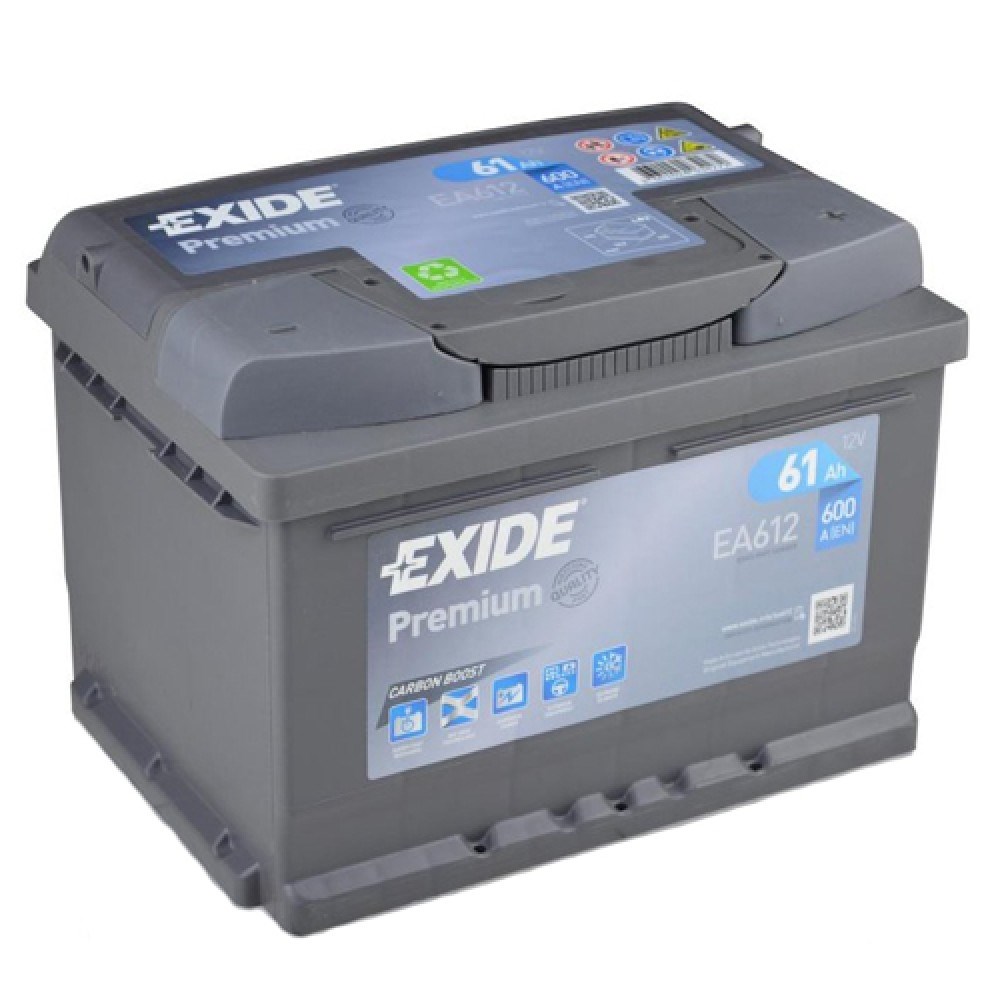
As is often the case, Exide Premium has become a hostage to the situation of the wildest imbalance, under which it was "signed" by American manufacturers. In essence, the life path of this battery can be described with the words “Lived shortly, but to the full”: at 60 ampere-hours of capacity, the starting current was 640 amperes, which is the highest indicator among its own kind. Naturally, with such a return, one should not hope for a long life of the battery, and even less repairable.
The maximum lifetime of Exide Premium is very rarely less than three years, which is explained by the extremely fast development of the cathode and anode resource. In essence, everything depends on the consciousness of the user: how much operational style can be called moderate, how often he uses the car and in what climatic conditions. Fortunately, the cost of the model is not the highest in the market. If the price had also pumped up, everything would be very sad.
Virtues
- acceptable cost;
- very high inrush current;
- not bad transfers the load when working in cold regions.
disadvantages
- extremely low "vitality": the maximum lifespan hardly exceeds three years.
"The Beast" 6CT-60 L3U
Rating: 4.4
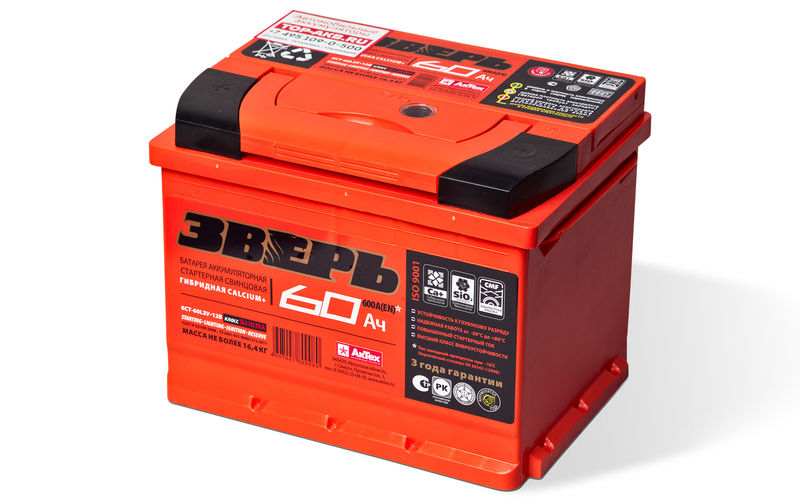
The “Beast” 6CT-60 L3U can certainly be called a victim of a bias on the part of users who consider the requested value too large for a product developed in Russia. Whatever it was, and the battery honestly fulfills all the declared parameters: so, with the same 60 ampere-hours of capacity, it produces up to 600 amperes of current. A great indicator, even in comparison with representatives of foreign countries.
Not afraid of the "Beast" 6CT-60 L3U and Russian frosts, for which, in fact, was developed: the starting currents allow you to easily start the gasoline and diesel engine. The resource is usually enough for four years, but some users manage to “land” it in one season. The only complaint to the design of the "Beast" can be distinguished by a large mass: 16.4 kilograms, while with the same indicators, foreign analogues weigh 2-3 kilograms less. Hence the conclusion: even according to the characteristics, our batteries can compete with foreign ones, but in terms of their design, not everything is so wonderful.
Virtues
- good starting currents;
- adapted to winter conditions;
- prevalence in retail stores;
- high quality performance.
disadvantages
- high price for domestic product;
- cumbersome.
The best AGM batteries
VARTA D52 Silver Dynamic AGM
Rating: 4.9
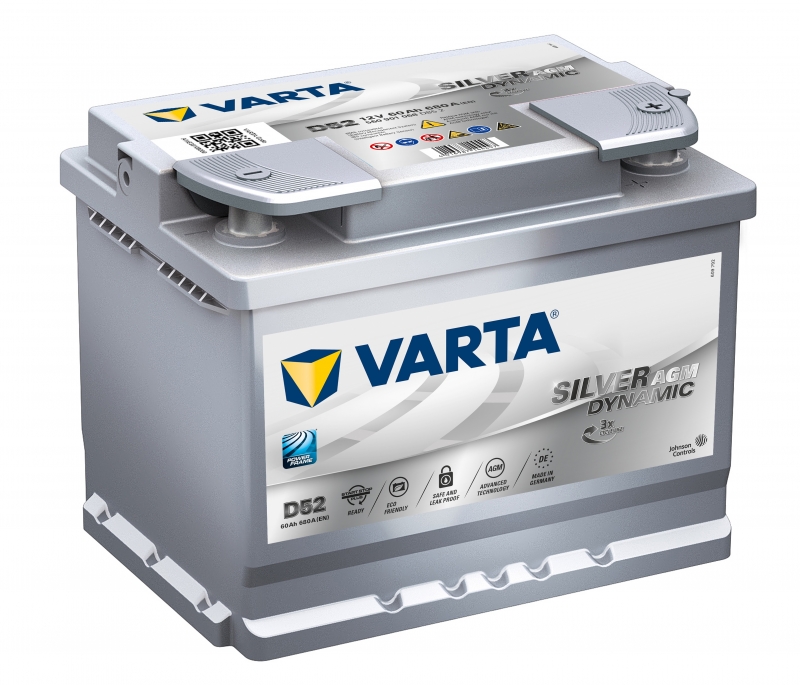
By the will of the people, the leading line in the ranking is taken by a really decent battery from the company Varta, which is invariably positioned as a more expensive (and quality) alternative to the previously mentioned Bosch S5 AGM. In fact, in terms of characteristics, the D52 Silver Dynamic AGM completely copies the competitor S5 in all the variety of models in the line, differing only in the point-like, meaningless parameters. But on the side of this battery, the fully implemented “start / stop” system: unlike Bosch’s accidental hit at the very point, it was screwed on intentionally.
And, even despite the increased wear when operating in this mode, the VARTA D52 Silver Dynamic AGM quietly “runs back” the same two seasons, giving the right to dispose of the subsequent fate to the consumer himself. However, as a ballast, this right is added to the cost, a quarter higher than the price for Bosch S5. Let's give a little hint: this exchange under any conditions will be successful, because the battery manifests itself well not only in cars with a “tough” system implemented (here at the time to remember the Tudor AGM), but also when used in standard configurations, which is so lacking for eternal rivals by category.
Virtues
- good ratio of starting current to the nominal capacity level (680 A to 60 Ah, etc.);
- excellent performance in the conditions of "start / stop";
- long charge conservation and the possibility of fast recharging;
- advantageous combination of price and quality.
disadvantages
- not found.
Bosch AGM S5
Rating: 4.8
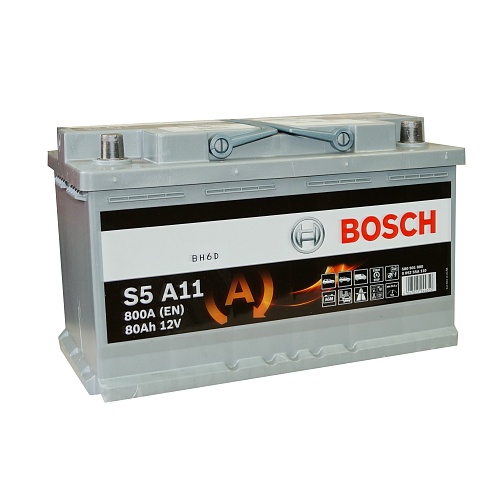
Little did not reach the leadership classic battery line Bosch from the category of "premium", the main positive quality of which was the perfect working balance - much more pronounced than the Banner Running Bull. Again: on the face, the abundance of models of various parameters of capacitance and starting current, and in some places superiority over the previous representative of the rating is expressed very clearly. Let us give a simple example: almost 700 (to be more precise, then 680) current amps in the case of the S5 series are produced with a capacity of 60 ampere hours. A good result, even by the standards of gel batteries.
Secondarily, a good reserve reserve capacity should be identified, as well as a high charge accumulation rate, which is especially useful when operating the car in the fairly rigid start / stop mode. Bosch AGM S5 is not afraid of frost at all, and in any case it “rolls back” at least two seasons - otherwise the duration of operation will depend entirely on you. And although even in extremely positive reviews there was a place to reproach the “big price tag”, let's say so - we have no complaints about this lineup.
Virtues
- high starting current with nominal capacity values;
- excellent "vitality" in cold conditions;
- the possibility of rapid accumulation of charge;
- there is a capacitive reserve (in extreme cases);
- The optimum ratio of price and quality.
disadvantages
- not found.
Banner Running Bull
Rating: 4.7
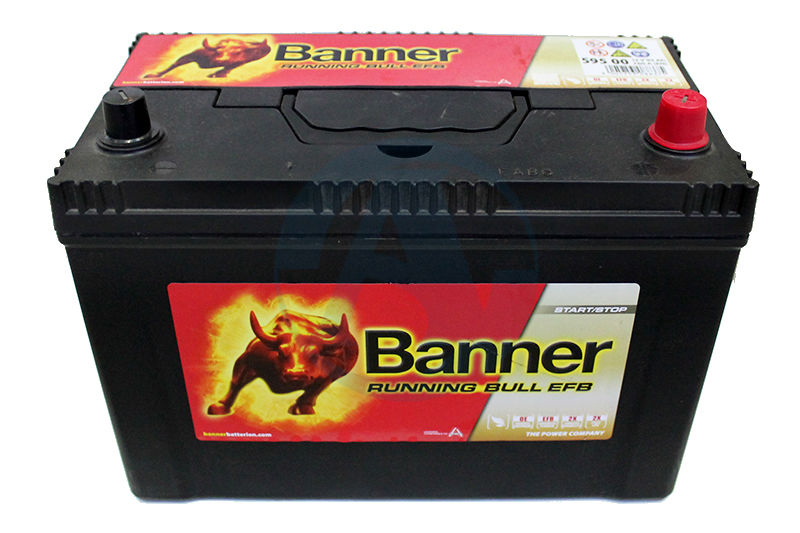
Banner Running Bull - a model that combines the concept of balance in the main performance characteristics. It is represented on the market in a wide variety of capacitive parameters and corresponding inrush currents, which is why it is very popular, but mainly in regions with a warm climate. In fact, the indicators of these batteries are very close to the average gel batteries: for example, with a capacity of 70 ampere-hour, the starting current can reach 700-720 amperes. In other words, its capacity is enough to launch voluminous petrol engines, and for diesel engines.
However, almost all consumers are unanimous in the opinion that Banner Running Bull doesn’t have enough conditions to work in frost conditions - the battery fails very quickly. Because of this, additional efforts arise with its periodic removal for storage in a warm place, because no one wants to overpay for a quick “demise” of an already expensive energy element.
Virtues
- extensive battery line by capacity;
- high starting currents that allow the battery to work in conjunction with diesel and gasoline engines;
- high durability in warm climatic zones or with proper maintenance in cold conditions.
disadvantages
- quite high price tag for the whole range;
- poor performance in cold climates.
Optima Red Top
Rating: 4.7
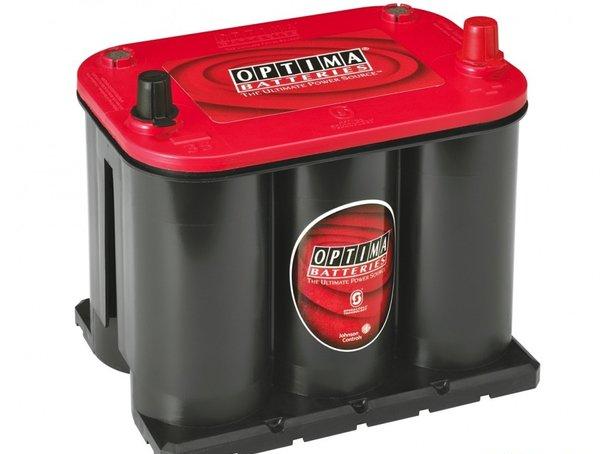
I didn’t get to the top three best Optima Red Top gel battery, which has two good reasons: a very high (as for all gel batteries) cost and a rather small capacity - only 55 ampere hours. Actually, these reasons are built many barriers to the wholesale sale, because some consumers are embarrassed by such small capacitive indicators, and the rest can not make a deal with the internal "toad", looking at the options easier.
Of course, if everything was so bad, the Optima Red Top would not have been in the ranking under any circumstances. The situation is saved by excellent working conditions in the cold period, in connection with which the battery can be long and easy to operate on the territory of Siberia. The second positive aspect is the extremely high starting current: 815 amps, which gives a great contrast against the background of capacitive characteristics. Yes, it can not be repaired (as well as all modern models of batteries), but the service life can reach up to 5 years - it all depends on the frequency of use of the vehicle, modes of movement and the number of electronics.
Virtues
- modern technology gel batteries;
- extremely high starting current (815 A);
- long service life;
- Excellent performance in the winter season.
disadvantages
- low battery capacity (55 Ah);
- very high price.
Tudor AGM
Rating: 4.6
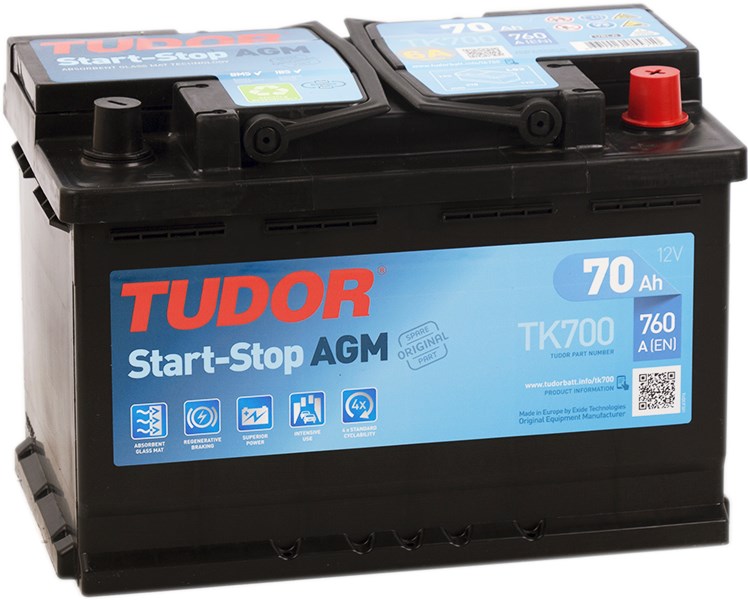
The development of AGM-batteries Exide Technologies (owner of the brand Tudor) took up not so long ago, but has already managed to make a lot of noise in the global community of motorists. The new compact unit has become a revelation among all compact battery models, giving up to 680 amperes per load with a capacity of 60 ampere hours. The result is excellent, especially in conjunction with sharpening for cars equipped with a “start / stop” system and a volumetric engine (from 2 liters). This is facilitated by the ability to quickly charge and release a large current pulse, which is especially useful in the winter time of operating a car in the urban cycle.
According to users, despite the very serious advantages of Tudor AGM is extremely disloyal to cars without the appropriate option and subcompact engine (1.5 - 1.8 liters), and even with periodic downtime as superfluous. This is due to the fact that the accelerated return of current provokes a rapid discharge of the battery, so it is likely that after a short period of time it will be necessary to remove it and charge it from the device. On top of that, the high cost of play is far from being to the advantage of the average consumer. Therefore, strictly limited in use, it occupies the fifth line of our rating.
Virtues
- a powerful enough element capable of delivering large volumes of current in a short time;
- quickly perceives charging, which is good for cars that work with the start / stop system;
- compact overall dimensions.
disadvantages
- there is an accelerated decrease in capacity under load;
- high price.
Attention! This rating is subjective, is not advertising and does not serve as a guide to the purchase. Before buying, you should consult with a specialist.


